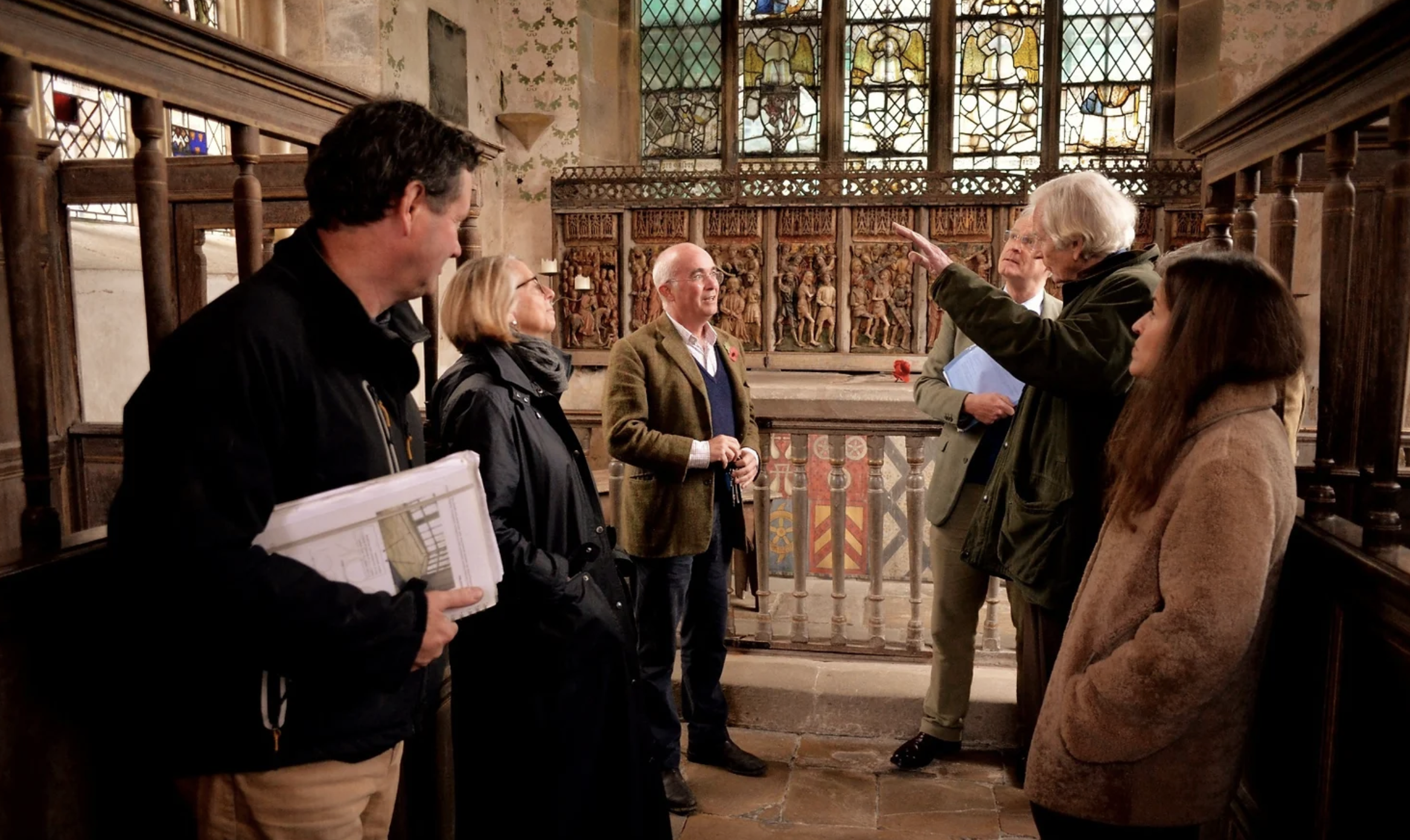Winter 2020 update
For the first time, the Historic Houses Foundation has received direct funding from Government as part of Historic England’s Heritage Stimulus Fund. A £3 million stimulus granted to the Historic Houses Foundation will allow us to support 18 individual projects in England from Devon to Northumberland. The grants provide a green light for projects that had stalled since the Spring lockdown and for projects where pending applications could not be completed because of distancing rules.
Restrictions in 2020 have seen the closure and decline of tourism businesses all over the country. As a direct result, many planned restoration projects and much ongoing conservation has had to be halted, putting vulnerable buildings at risk. The Heritage Stimulus Fund will allow postponed projects to restart and provide employment for the many specialist builders and conservators that are employed in historic buildings around the country.
The grants cover a wide range of need in buildings whose survival is of the highest importance to Britain’s heritage, listed Grade I and Grade II*. Over 60% of projects approved are for repair to roofs, always a vulnerable spot in an old building. A watertight roof will now provide a timely rescue for the Italianate plasterwork of Everingham Hall Chapel in Yorkshire, for the medieval towers at Powderham Castle in Devon, for the American Museum at Claverton Manor near Bath and even for the endangered Horseshoe bat colony at Woodchester Mansion in Gloucestershire. Another susceptible area seems to be exits and entrances. The main Norman doorway to Hedingham Castle Keep in Essex, the porticos at Sir Christopher Wren’s Newby Hall in Yorkshire, the Jacobean porch at Boston Manor House in London and the archway into the courtyard at Muncaster Castle in Cumbria are all in trouble and will benefit from a timely repair which can now go ahead.
Some projects are more unusual and typical of projects for which the Historic Houses Foundation is often the only source of help with funding. The repair of an Edwardian glasshouse and stores at Holkham Hall in Norfolk will be a centrepiece for the redevelopment of the walled garden originally designed by Samuel Wyatt in the 1780s; at Knebworth House in Hertfordshire, underpinning the North West turret will maintain the fantastical silhouette of the gothic exterior; the barn built in 1450 at Layer Marney Tower in Essex needs a roof repair; and restoring the painted ceilings at Eastnor Castle in Herefordshire will reinstate the gilded glory of these masterpieces of Victorian interior design.
The Covid-19 crisis has provided at least one opportunity too. The regular influx of children who come to experience the work of Farms for City Children, founded by author Michael Morpurgo and his wife, has, inevitably, interrupted the ongoing restoration of the tall Elizabethan house at Wick Court in Gloucestershire. The new Historic Houses Foundation grant will allow the restoration programme to forge ahead now, while the children are absent, so that the house will be in good shape when its vital work resumes, almost certainly at a time when the offer of a truly rural experience will be even more valuable to city children.
The £3 million grant is a significant milestone for us at the Historic Houses Foundation. That we have been selected as a Delivery Partner for this money indicates that the Government likes what we do and recognises the exceptionally cost efficient way in which we achieve it.
Of the twelve heritage organisations favoured by the Heritage Stimulus Fund only five received £3 million or over with the National Trust and the Church of England receiving the most. Few on the list can boast the lean organisational structure which makes the HHF so effective, and which means all of the grant will go direct to historic buildings. The Heritage Stimulus Fund is welcome and shows us how much more we could do with additional funds, even in less challenging times than we are currently facing. Please remember that we are in need of donations and that a legacy in your will could make a real difference to our ability to help save our shared heritage of historic buildings.

